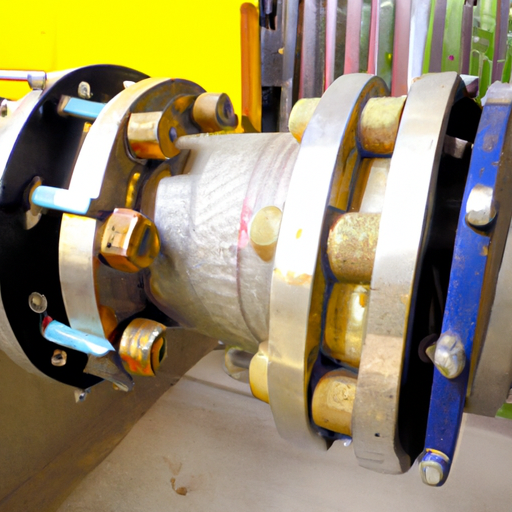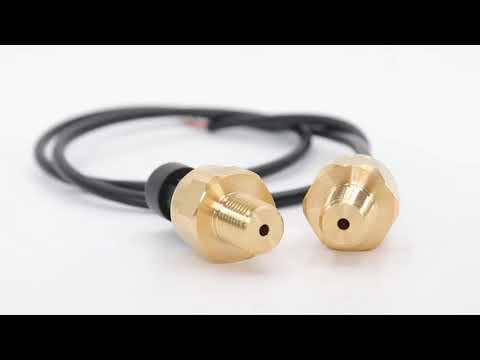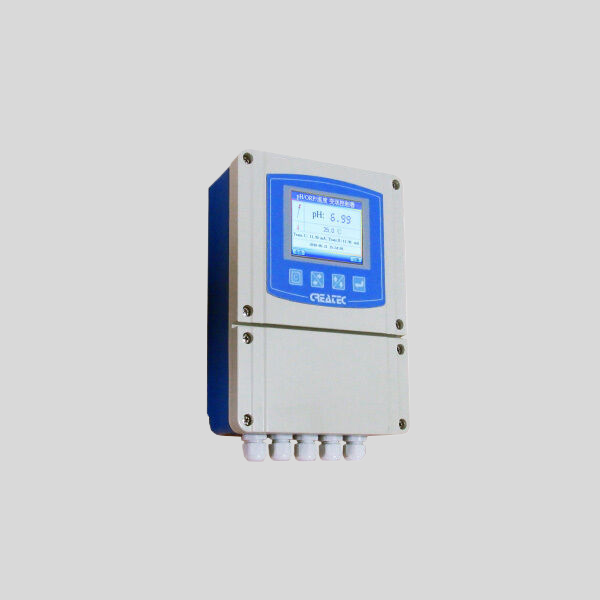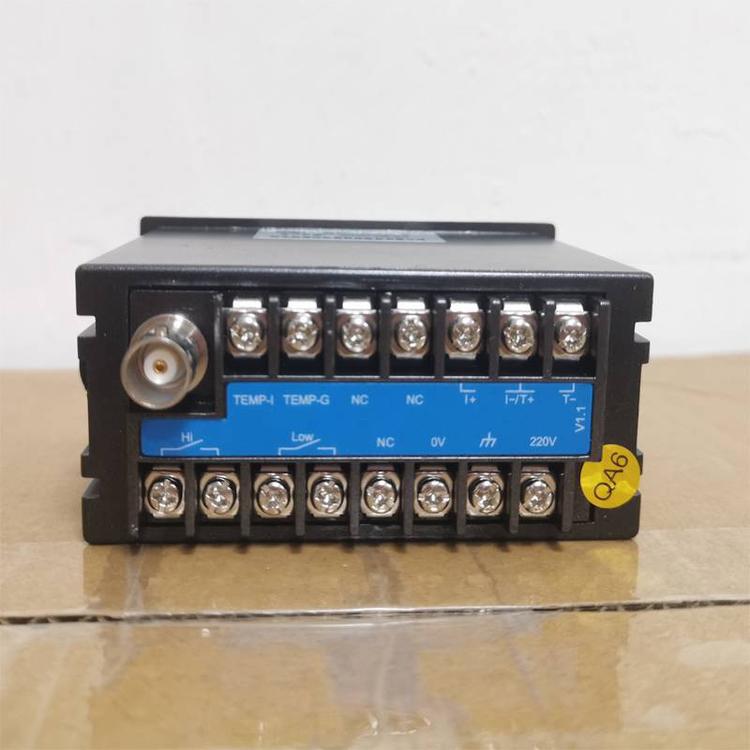“Protecting your health, one sip at a time – removing lead with every drop.”
How Water Filters Remove Lead
Lead contamination in drinking water is a serious concern for many people, as exposure to lead can have harmful effects on health, especially in children and pregnant women. Fortunately, there are water filters available that can effectively remove lead from drinking water, providing a safe and clean source of hydration for you and your family.
One of the most common types of water filters that can remove lead is a carbon filter. Carbon filters work by trapping contaminants, including lead, as water passes through the porous carbon material. The lead particles are adsorbed onto the surface of the carbon, effectively removing them from the water. Carbon filters are relatively inexpensive and easy to install, making them a popular choice for many households.
Another type of water filter that can remove lead is a reverse osmosis system. Reverse osmosis works by forcing water through a semi-permeable membrane, which traps contaminants like lead while allowing clean water to pass through. Reverse osmosis systems are highly effective at removing lead and other impurities from water, making them a great option for those looking for a comprehensive filtration solution.
In addition to carbon filters and reverse osmosis systems, there are also water filters that use ion exchange technology to remove lead. Ion exchange filters work by replacing lead ions in the water with harmless ions, effectively removing the lead from the water. These filters are particularly effective at removing heavy metals like lead, making them a good choice for those concerned about lead contamination in their drinking water.

It’s important to note that not all water filters are capable of removing lead, so it’s essential to choose a filter that is specifically designed to target lead contamination. Look for filters that are certified by independent organizations like NSF International or the Water Quality Association, as these certifications indicate that the filter has been tested and proven to effectively remove lead from water.
| Model | Central tube | Drain | Brine tank connector | Base | Power supply parameters | Maximum power | Pressure parameters | Operating temperature |
| 9500 | 1.9″(1.5″) O.D. | 1″NPTF | 3/8″& 1/2″ | 4″-8UN | 24v,110v,220v-50Hz,60Hz | 8.9W | 2.1MPa | 1℃-43℃ |
| 0.14-0.84MPa |
When selecting a water filter to remove lead, consider factors like the flow rate, filter lifespan, and maintenance requirements. Some filters may have a slower flow rate or require more frequent filter changes, so it’s important to choose a filter that fits your needs and lifestyle.
In conclusion, there are several types of water filters available that can effectively remove lead from drinking water, including carbon filters, reverse osmosis systems, and ion exchange filters. By choosing a certified filter that is specifically designed to target lead contamination, you can ensure that your drinking water is safe and clean for you and your family. Consider factors like flow rate, filter lifespan, and maintenance requirements when selecting a water filter, and enjoy peace of mind knowing that you are providing a healthy source of hydration for your loved ones.







